| |
Family (Alpha): | |
| View | Gryllidae Members:
| NC Records |
|---|
Allonemobius maculatus (Blatchley, 1900) - Spotted Ground Cricket |
|
|
|
|
|
Image Gallery for Allonemobius maculatus - Spotted Ground Cricket
|
 | Recorded by: Steve Hall
Chatham Co.
Comment: | 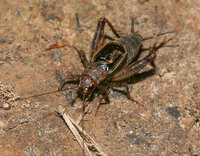 | Recorded by: David George and Steve Hall
Chatham Co.
Comment: |
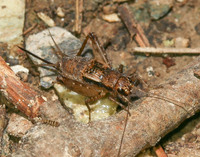 | Recorded by: David George and Steve Hall
Chatham Co.
Comment: |  | Recorded by: Steve Hall and David George
Chatham Co.
Comment: |
 | Recorded by: Steve Hall
Chatham Co.
Comment: |  | Recorded by: Steve Hall
Chatham Co.
Comment: |
 | Recorded by: Steve Hall
Chatham Co.
Comment: |  | Recorded by: Steve Hall
Chatham Co.
Comment: |
 | Recorded by: Steve Hall and Bo Sullivan
Moore Co.
Comment: | 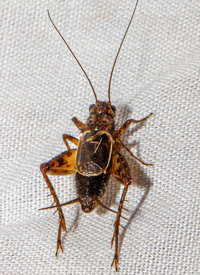 | Recorded by: Steve Hall and Bo Sullivan
Ashe Co.
Comment: |
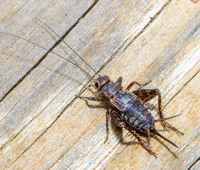 | Recorded by: Steve Hall and Bo Sullivan
Ashe Co.
Comment: | 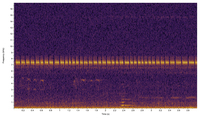 | Recorded by: Steve Hall and Bo Sullivan
Scotland Co.
Comment: |
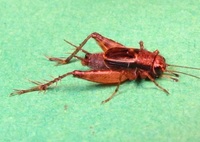 | Recorded by: Ken Kneidel
Mecklenburg Co.
Comment: | 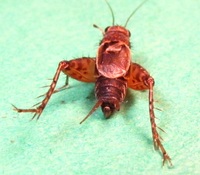 | Recorded by: Ken Kneidel
Mecklenburg Co.
Comment: |
 | Recorded by: Ken Kneidel
Mecklenburg Co.
Comment: |  | Recorded by: Steve Hall
Orange Co.
Comment: |
 | Recorded by: Stephen Hall
Orange Co.
Comment: |

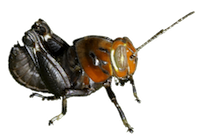 »
»


 »
»
